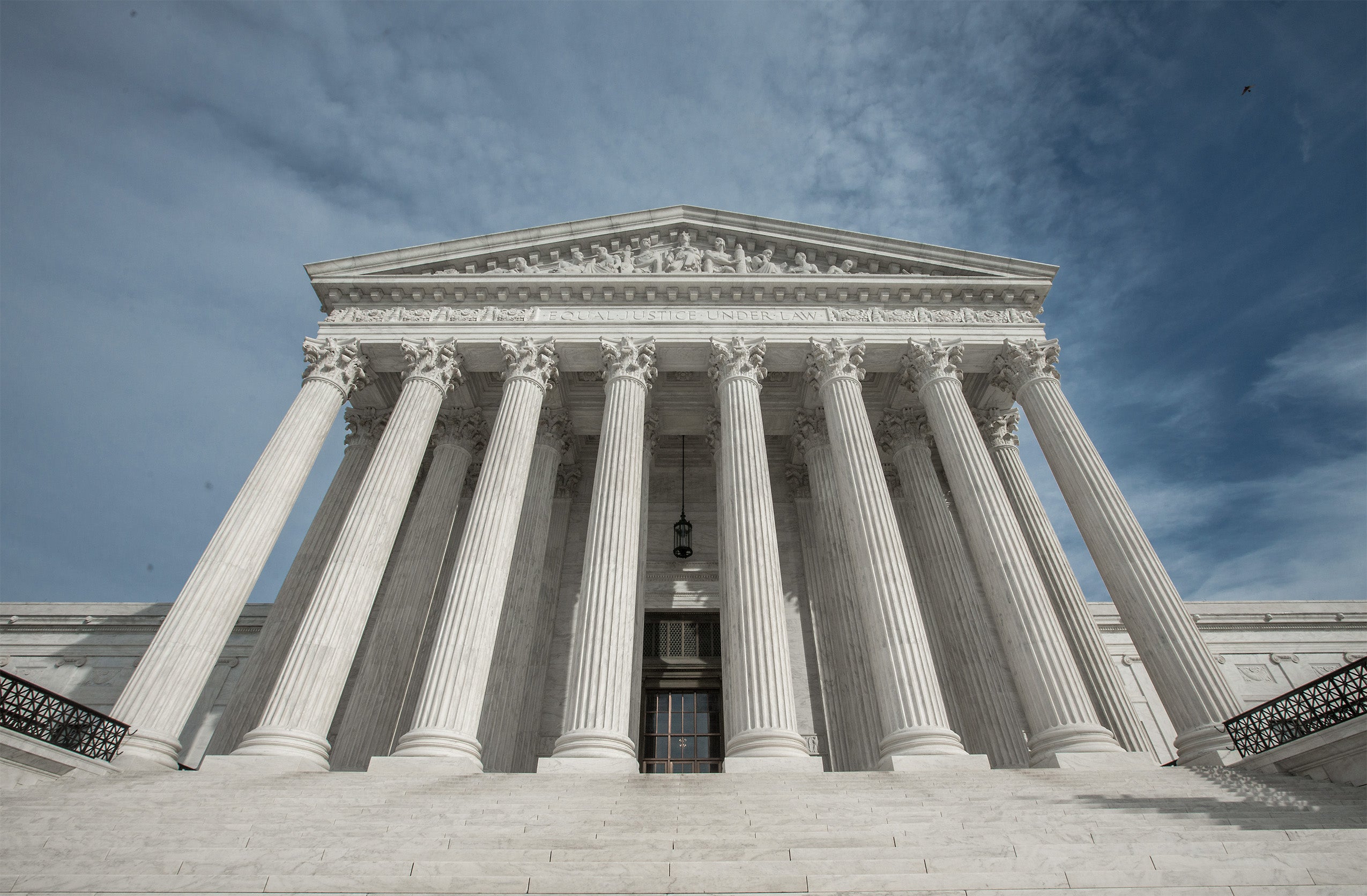In early March, Harvard Law School’s Animal Law & Policy Clinic filed its first Supreme Court amicus brief in support of a petition for certiorari by the Center for Biological Diversity. The brief challenged the Trump administration’s waiver of all environmental and other laws in connection with the construction of a wall along the U.S.-Mexico border.
The clinic represents as amici curiae the North American Butterfly Association and National Butterfly Center, which operate an important wildlife refuge in the area where the wall is to be built.
The brief argues that construction of the wall without compliance with any of the environmental laws (which include the National Environmental Policy Act and Endangered Species Act) that would normally apply to such a massive project will have devastating and irreparable impacts on dozens of imperiled species of butterflies, moths, and many other species that rely on this habitat for survival, and it will also destroy a unique, rare, and fragile ecosystem that is already under siege by development and other human encroachments.
The brief was drafted by clinic student Ashley Maiolatesi ’20 and clinical fellow Kate Barnekow ’19. Maiolatesi recently corresponded by email with Harvard Law Today about what is at stake, the specific ramifications of these waivers, and her own personal connection to the project.
Harvard Law Today: What is at issue here?
Ashley Maiolatesi: The amicus brief aims to illuminate the struggle that animals, many endangered and unique to the area, will face if the border wall proceeds as planned. Over 40 federal laws, in addition to many state and tribal laws, were waived in order to expedite the building process—that means that there was absolutely no consideration of the impending environmental impacts the border wall will cause. Additionally, there was no consideration of less harmful alternatives or mitigation measures that would have helped to minimize the border wall’s environmental toll.
HLT: In your brief, you write that this wall will be far more harmful than any existing barriers. Can you talk about the ways this structure would be particularly harmful to butterflies and the other animal and plant species that inhabit the area?
Maiolatesi: The border wall as proposed will be a solid structure made from concrete and steel, as opposed to fencing that would allow smaller species to move from one side of the wall to the other. Additionally, the proposed wall will include stadium lighting 24 hours a day/7 days a week, which has been shown to interrupt the migration and breeding patterns of many different pollinators and insects that many in the Rio Grande Valley depend on. Further, the proposed wall will have a much wider “enforcement zone,” which is essentially a clear cut area where pesticides are sprayed and which is patrolled by vehicles traveling at high speeds. All of these factors pose incredible challenges to animals, butterflies, and insects living in the Rio Grande Valley.
HLT: The secretary of Homeland Security has waived federal, state, local and tribal laws to allow the proposed Border Wall to be built quickly. Can you give an example of the types of laws that have been waived and why that’s significant?
Maiolatesi: One of the most impactful laws in this case would have been the National Environmental Protection Act, which requires an environmental assessment or environmental impact statement of the proposed government project. In the assessment, the government is required to consider both less harmful alternatives and possible mitigation measures. Because no assessment was ever performed, we have no way of knowing how truly damaging the wall as proposed will be, or how small changes could have greatly helped the ecology of the surrounding area.
HLT: How did you get involved with this clinic and why is this issue important to you?
Maiolatesi: It is my second semester as a student in Harvard’s Animal Law and Policy Clinic and I was thrilled when our Clinic’s Director, Professor Kathy Meyer, asked me to work on the project as I am from the South and care deeply about the impacts that the proposed border wall will have there. When considering a border wall, environmental and animal issues are not normally the first issues that come to mind, and it was great to be able to bring these issues to light.
